8 Spain Travelers Tips to Consider for those Visiting Spain
When in Europe and you visit Spain consider these Spain travelers tips to help keep you safe and sound.
Crime – we normally don’t think too much about it. We prefer to think the places we visit are safe and free of crime.
But in reality that cannot be because everywhere has crime. So I going to list a few Spain travelers tips for those traveling to Spain.
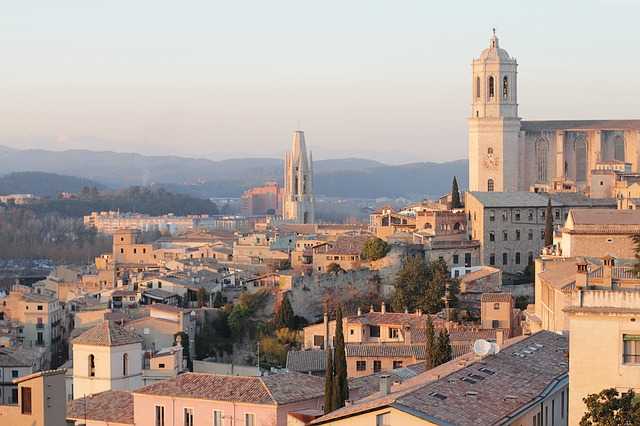
Girona Spain
Some places are safer than others, but it never hurts to be aware of your surroundings and yourself, particularly in a foreign country. Spain is no exception.
Review these before leaving your home for your vacation in Spain.
Eight Tips for Spain Travelers
1. Electricity. Spanish plugs have 2 round pins and are 220V. You should consider what type of adapter you need if you are taking electrical items with you.
Also if you are taking a computer with you, get a transformer if your voltage is 110 – 120V since the higher voltage will probably burn out whatever is plugged directly into it, unless specifically designed for 220 volts.
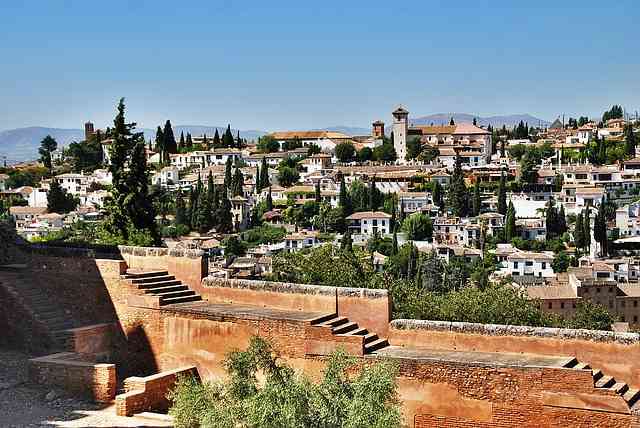
Granada Spain
2. Crime. Spain is a fairly safe country to travel, but you do need to be aware of some of the scams that are happening; otherwise, you could end up losing all your money. Never put yourself in the position where your money or possessions could be taken from you. You might have a situation where a concerned person tries to help you and, in doing so, lifts your wallet from your pocket.
Another scam concerns vehicles and the thieves try to convince you that you have a problem with your car. Once you stop and get out of the vehicle to see what the problem is, they remove anything valuable from inside the car.
If you are a victim of crime then you should contact the national police. You can report any crime by telephone: 902 102112 or use the web www.policia.es
3. Embassies. In case of a problem, especially if you lose your passport, you will need to contact your Embassy. Most of the embassies are based in Madrid but some have offices in Barcelona and a few in Palma de Mallorca.
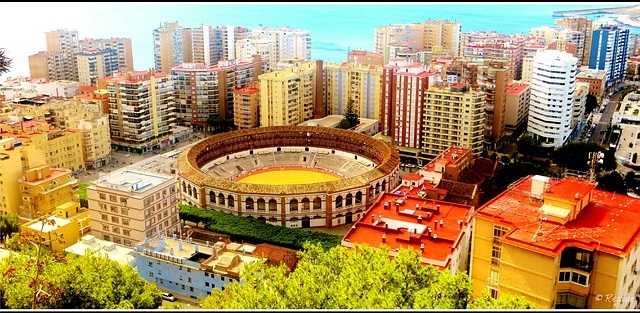
Malaga Spain
4. Money. Spain’s currency is the Euro. You can find an ATM which allows you to use your Visa and Mastercard credit and debit cards. You will need to check with your bank at home to see if there are any charges.
Some banks will not only charge you for using their machine, but also for converting the money withdrawn from the bank account. You should be able to use your credit or debit card to pay for most purchases. You might be asked to prove your identity so make sure you have your passport with you.
5. Shopping. You will find many markets where you can barter for the goods you want to purchase. But in the stores there is no bartering. You will find that Spain is a great place to buy designer label clothing and textiles, leather, pottery, and crafts.
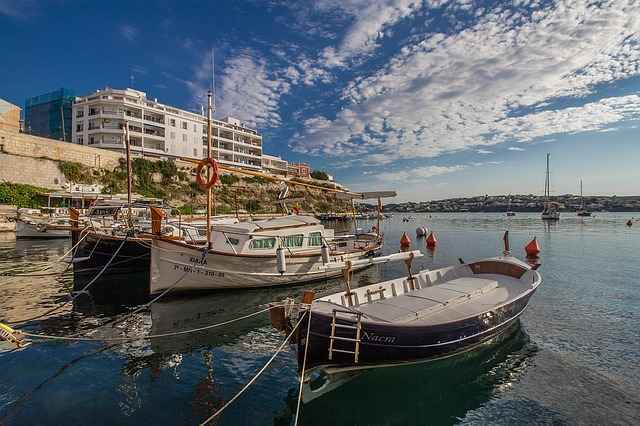
Minorca Spain
6. Health. If you are taken ill in Spain and need an ambulance then you should call 061 or go directly to the nearest casualty (urgencies) department at the hospital. You should have medical insurance as you will be expected to cover the cost of any treatment and then you will claim it back from the insurance company.
7. Driving. Be aware of thieves who will want to steal anything from your vehicle. Never leave anything of value in view, lock them away. If you want to rent a car and do not have a driver’s license from a non EU country then you will need to have a 12 month International Driving Permit. Gas is expensive.
You will drive on the right side of the road, and the speed limit is shown in km/h. If you drive a motorbike then you will need to have your headlights on at all time. The blood-alcohol limit is 0.05%. Breath tests are becoming more common, and if you are found guilty you will find yourself facing a fine, and even losing your license.
This will take place within 24 hours, and the fine will be up to 600 Euros or more. As a visitor you will be expected to pay 30% of the fine immediately when you are found guilty.
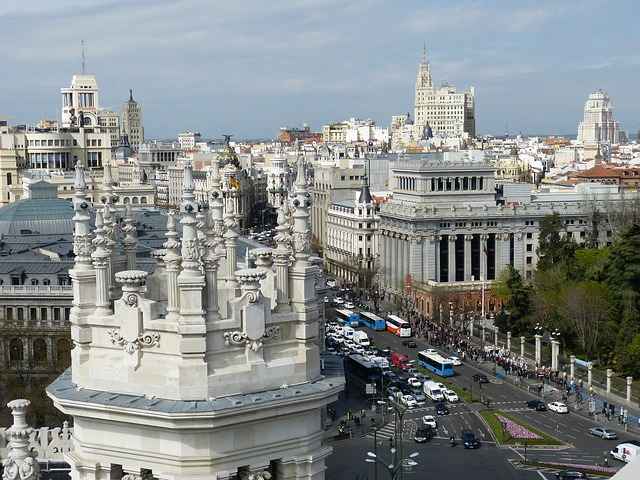
Madrid Spain
8. Stamps. If all you are after is a stamp, then it isn’t worth waiting in line when there is a simpler method. Go to a tobacconist. Strange, but true. Tobacconist are called ‘estancos’ and have a burgundy and yellow sign.
Write on your postcard the destination country in both Spanish and English, showing the postcard to the clerk. Point to the name of the country so you’ll be sure to get the correct postage.
About the Author
Charles is currently blogging on his new Yolky Blog.


